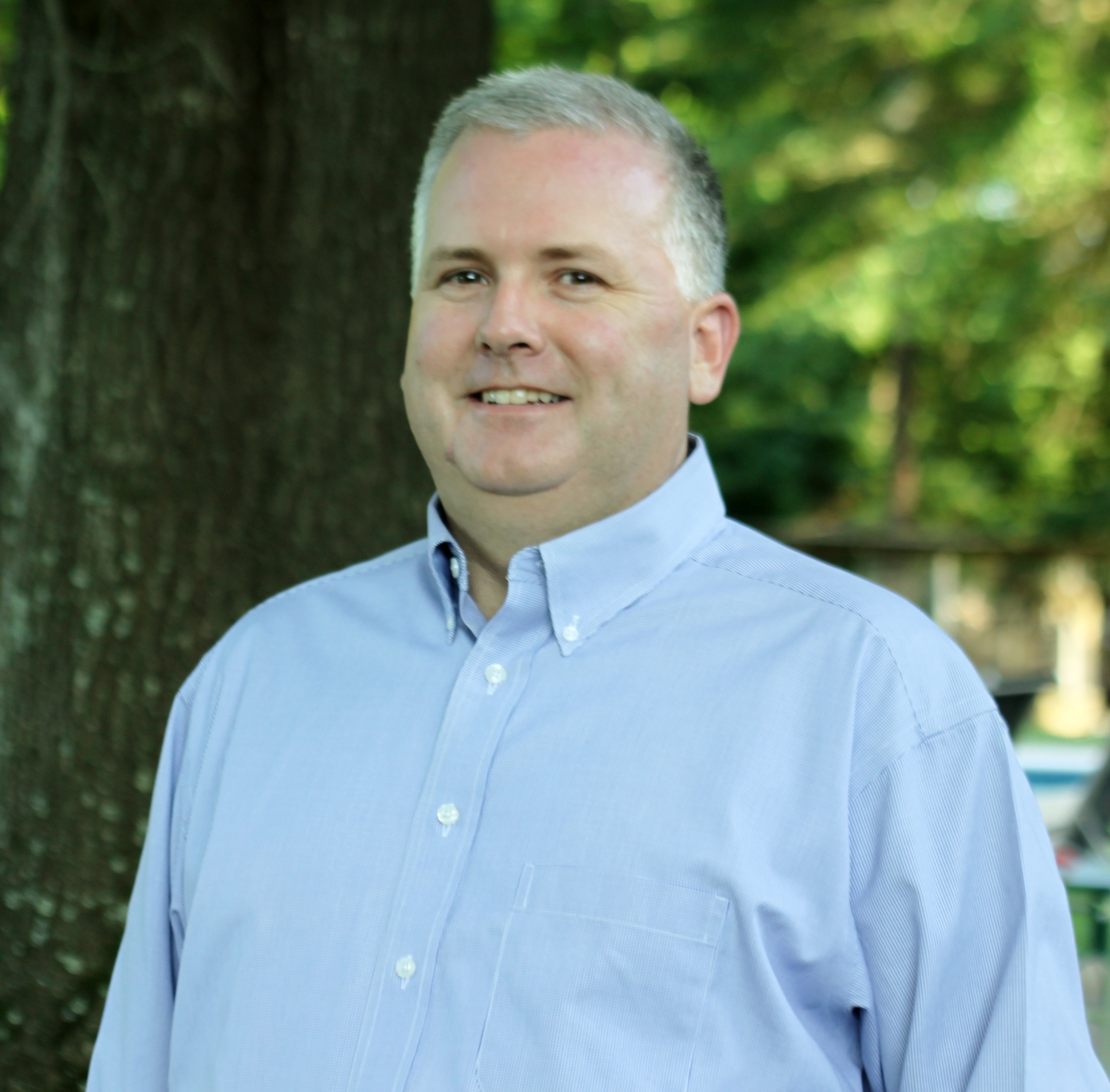 |
||||||||
| August 26, 2015 | ||||||||
| FuelDiet™ KCl Corrosion solution |  |
|||||||
|
· Subscribe to Ahead of the Curve · Newsletters · Ahead of the Curve archived issues · Contact the Editor
|
Frequency re: reliability (Editor's Note: In the July/August issue of Paper 360° magazine, Jay Shellogg presented an article on the necessity to understand culture change management, and proposed his 9 principles of reliability ((http://www.nxtbook.com/naylor/PPIS/PPIS0415/index.php?startid=22)), which resulted in a number of questions from readers. The following is his response to a question from a member of senior leadership within a large pulp and paper company.)  Q: In your sixth bullet point you state, "It is vital to take into account how a failure’s consequence affects safety, environment, quality, and/or production, and under no circumstance allow consequence of failure to determine frequency of inspection." We could not rationalize this one. Can you elaborate? It seems reasonable to focus inspection resources (time, frequency, etc) more so on the critical assets where failure is a high cost. A: I have heard this particular topic discussed several times this year. As it relates to inspections, the use of failure consequence or criticality should only be used to determine if a route/inspection is worth doing. The frequency of inspection is determined by a different set of principles, specifically the P-F interval (bullet point 2), the Failure Finding Interval (bullet point 7), and the 20% of failures that are time based (this is the reciprocal of bullet point 1). As an example, over the years I have interacted with several heavy industries. In assessing their understanding of reliability, I would ask them about their vibration analysis program; specifically, how often they ran their "typical" vibration routes. In every case, I received basically the same reply: we run most of our routes monthly, although there are a few things we look at more frequently as time allows. Okay, this is where it gets tricky. I would then ask them how they decided on measuring frequencies monthly, to which they usually responded in one of the following ways:
Ironically, I never had anyone give me a response based on engineering or scientifically-based principles. Most frequencies were based on a rule of thumb, someone else's idea, or a directive. I can tell you that most vibration route frequencies should be quarterly and that frequency should not be increased, no matter the criticality. To increase a frequency based on criticality is to waste resources. Frequency is best determined at the failure mode level and a complete understanding of all 9 principles. I know this flies in the face of traditional maintenance lore, policies, and trends. I also know that my beliefs make up less than 1% of the professional maintenance and reliability world. But over the last 10 years, there have only been pockets of real reliability improvements that have translated to increased uptime. I believe most of North American industry has plateaued and is waiting for a technological game changer, like vibration analysis gave us two decades ago. But it is not going to come. Most people realize this but sadly they have mired themselves in trades skills training, planning and scheduling training, criticality analysis, and a host of other activities that have been reoccurring for at least 15 years with no real sustained improvements. I have witnessed organizations hire the same consultants to do the same training every few years with no sustaining results. For North American manufacturing to survive against the cheap labor and ever advancing technological sophistication of South America, Asia, and one day Africa, we are going to have to adopt a new model of manufacturing excellence. Jay Shellogg spent the last 16 years of his career working at a large pulp and paper mill, primarily as a Sr. Environmental Engineer and Maintenance/Reliability Superintendent. During that time he encountered many challenges that in his own words, "some I overcame and some I didn't." In response to his reply to the above question Mr. Shellogg was told that it "...sparked quite a bit of thought and discussion," to which he replied..."I'm sure it did." Contact Jay Shellogg at: jayshellogg@strategicmaint.com, or visit: www.strategicmaint.com. Now that you are Ahead of the Curve, stay there by joining TAPPI. |
|||||||
 |
||||||||